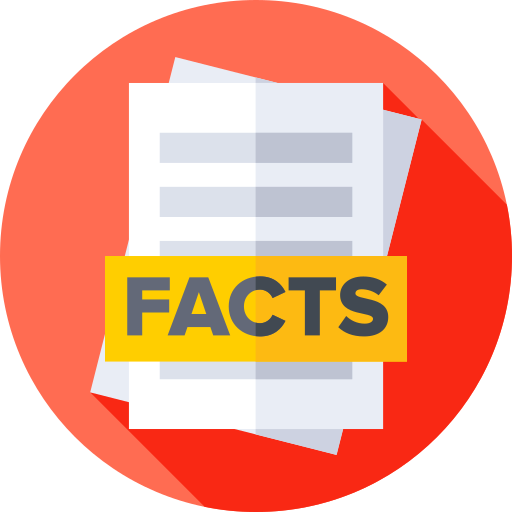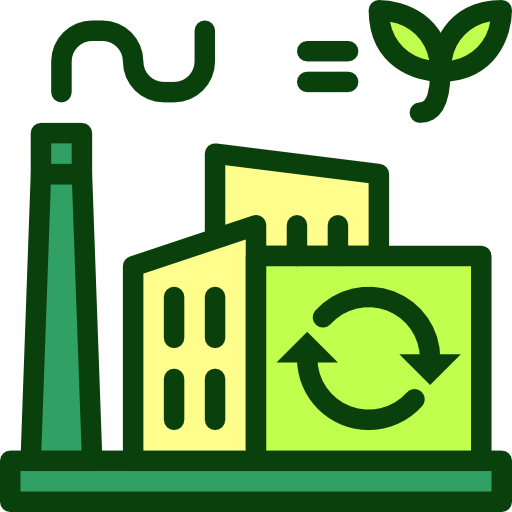Lesotho - Economy

How is the economy of Lesotho? Based on the information we have, Lesotho has a lower middle-income economy surrounded by South Africa; environmentally fragile and politically unstable; key infrastructure and renewable energy investments; dire poverty; urban job and income losses due to COVID-19; systemic corruption. Key agricultural products in this country include: milk, potatoes, maize, vegetables, fruits, sorghum, wheat, game meat, beans, wool (2023).
More about the economy of Lesotho
| Labor force | 980,000 (2023 est.) |
|---|---|
| Industrial production growth rate | -8.32% (2023 est.) |
| Industries | food, beverages, textiles, apparel assembly, handicrafts, construction, tourism |
| Population below poverty line | 49.7% (2017 est.) |
| Taxes and other revenues | 30.44% (of GDP) (2022 est.) |
| Fiscal year | |
| Exchange rates | |
| Currency | maloti (LSL) per US dollar - |
| Exchange rates 2023 | 18.45 (2023 est.) |
| Exchange rates 2022 | 16.356 (2022 est.) |
| Exchange rates 2021 | 14.779 (2021 est.) |
| Exchange rates 2020 | 16.459 (2020 est.) |
| Exchange rates 2019 | 14.448 (2019 est.) |
| Debt - external | |
| Debt - external 2023 | $999.337 million (2023 est.) |
| Reserves of foreign exchange and gold | |
| Reserves of foreign exchange and gold 2023 | $854.089 million (2023 est.) |
| Reserves of foreign exchange and gold 2022 | $771.278 million (2022 est.) |
| Reserves of foreign exchange and gold 2021 | $798.207 million (2021 est.) |
| Current account balance | |
| Current account balance 2023 | -$143.202 million (2023 est.) |
| Current account balance 2022 | -$265.366 million (2022 est.) |
| Current account balance 2021 | -$195.013 million (2021 est.) |
| Public debt | |
| Public debt 2020 | 2.99% of GDP (2020 est.) |
| Budget | |
| Revenues | $1.13 billion (2022 est.) |
| Expenditures | $947.517 million (2022 est.) |
| Budget surplus (+) or deficit (-) | |
| Remittances | |
| Remittances 2023 | 22.87% of GDP (2023 est.) |
| Remittances 2022 | 22.62% of GDP (2022 est.) |
| Remittances 2021 | 19.67% of GDP (2021 est.) |
| Household income | |
| Lowest 10% | 1.7% (2017 est.) |
| Highest 10% | 32.9% (2017 est.) |
| Imports | |
| Imports 2023 | $2.074 billion (2023 est.) |
| Imports 2022 | $2.244 billion (2022 est.) |
| Imports 2021 | $2.223 billion (2021 est.) |
| Imports (partners) | South Africa 78%, China 10%, Taiwan 3%, Japan 1%, India 1% (2023) |
| Comodities Imports force | refined petroleum, fabric, trucks, garments, cotton fabric (2023) |
| Exports | |
| Imports 2023 | $2.074 billion (2023 est.) |
| Imports 2022 | $2.244 billion (2022 est.) |
| Imports 2021 | $2.223 billion (2021 est.) |
| Exports (partners) | South Africa 31%, Belgium 26%, USA 20%, UAE 8%, India 8% (2023) |
| Comodities Exports force | diamonds, garments, wool, power equipment, bedding (2023) |
| Real GDP (purchasing power parity) | |
| Real GDP (purchasing power parity) 2023 | $6 billion (2023 est.) |
| Real GDP (purchasing power parity) 2022 | $5.893 billion (2022 est.) |
| Real GDP (purchasing power parity) 2021 | $5.755 billion (2021 est.) |
| GDP (official exchange rate) | $2.118 billion (2023 est.) |
| Real GDP Per capita | |
| Real GDP per capita 2023 | $2,600 (2023 est.) |
| Real GDP per capita 2022 | $2,600 (2022 est.) |
| Real GDP per capita 2021 | $2,500 (2021 est.) |
| GDP - composition, by sector of origin | |
| Agriculture | 6.6% (2023 est.) |
| Industry | 28.7% (2023 est.) |
| Services | 50.6% (2023 est.) |
| GDP - composition, by end use | |
| Household consumption | 92.9% (2023 est.) |
| Government consumption | 35.6% (2023 est.) |
| Investment in fixed capital | 28.3% (2023 est.) |
| Investment in inventories | -1.1% (2023 est.) |
| Exports of goods and services | 42.9% (2023 est.) |
| Imports of goods and services | -98.6% (2023 est.) |
| Unemployment rate | |
| Unemployment rate 2023 | 16.46% (2023 est.) |
| Unemployment rate 2022 | 16.67% (2022 est.) |
| Unemployment rate 2021 | 18.13% (2021 est.) |
| Youth unemployment rate (ages 15-24) | |
| Total | 24.8% (2023 est.) |
| Male | 17.5% (2023 est.) |
| Female | 34.8% (2023 est.) |
All Important Facts about Lesotho
Want to know more about Lesotho? Check all different factbooks for Lesotho below.









